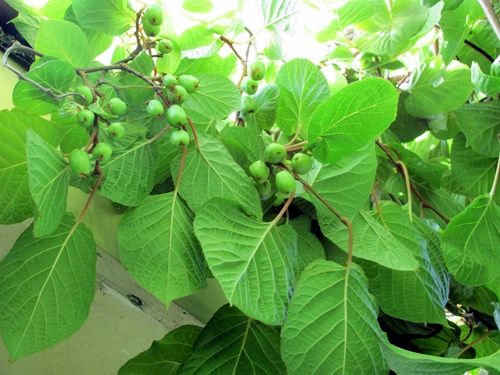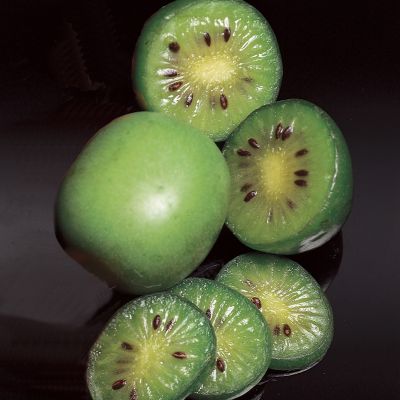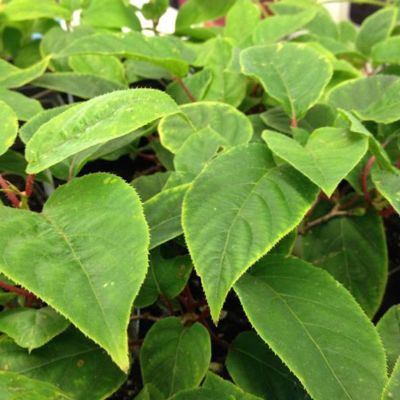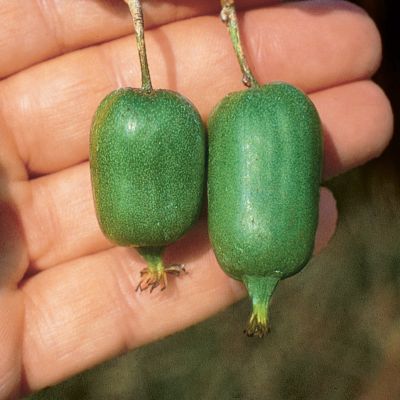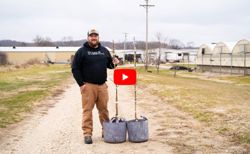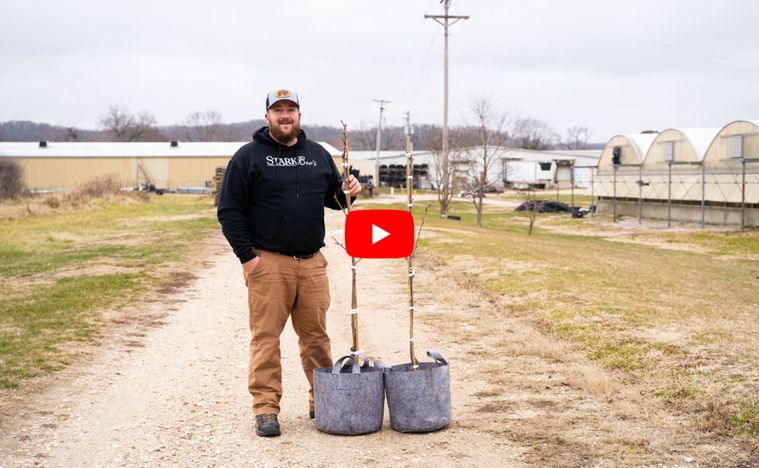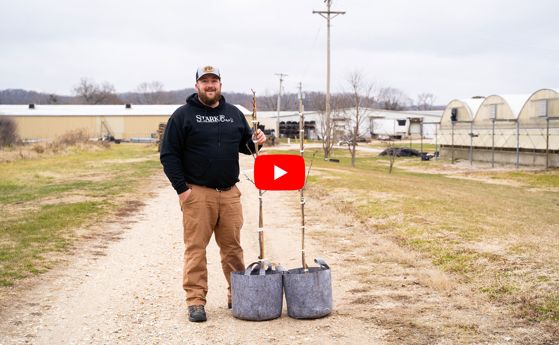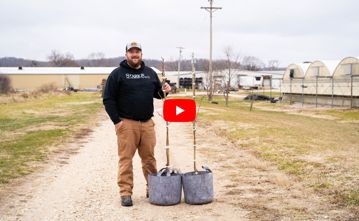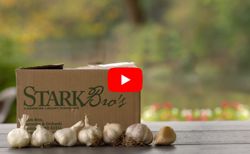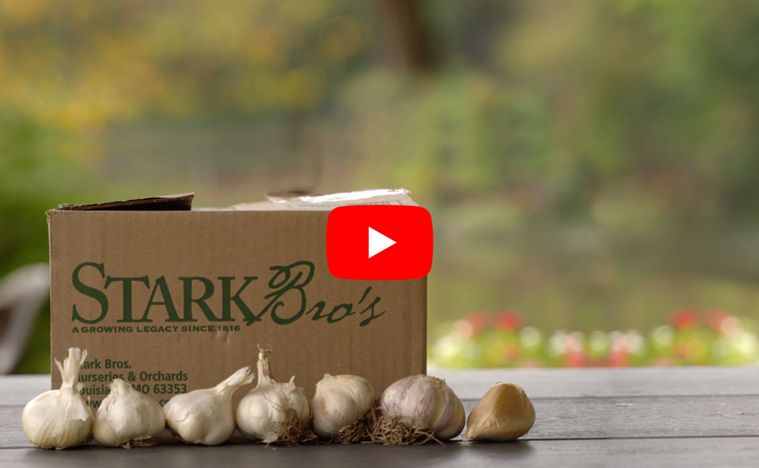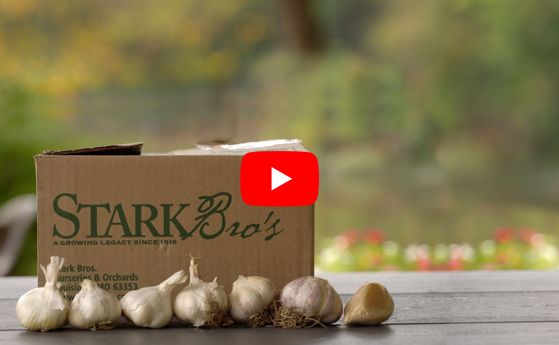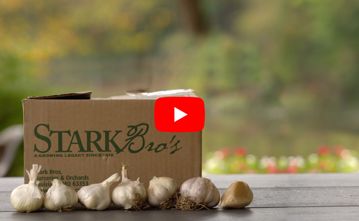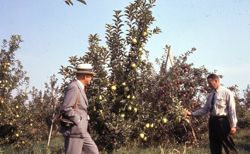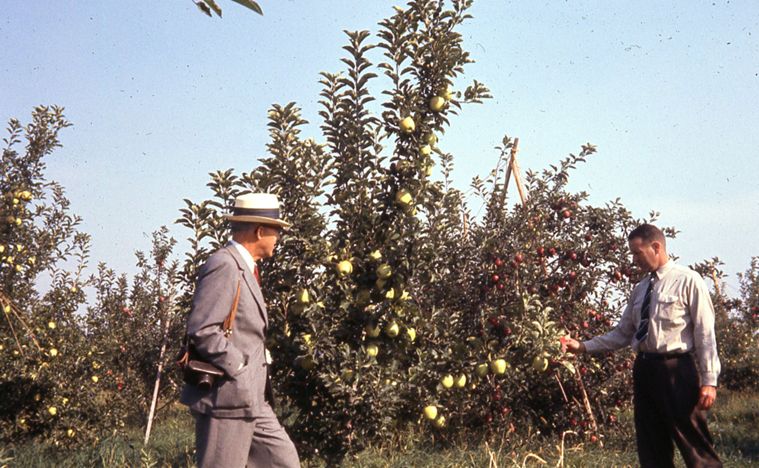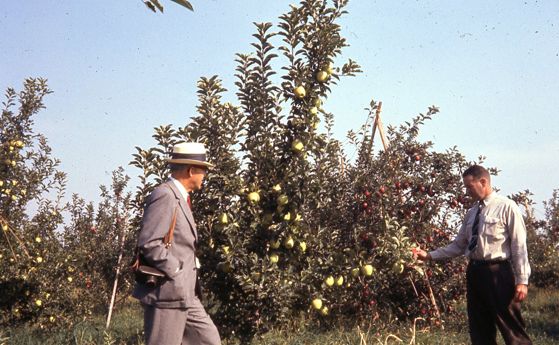Grow Your Own Hardy Kiwi

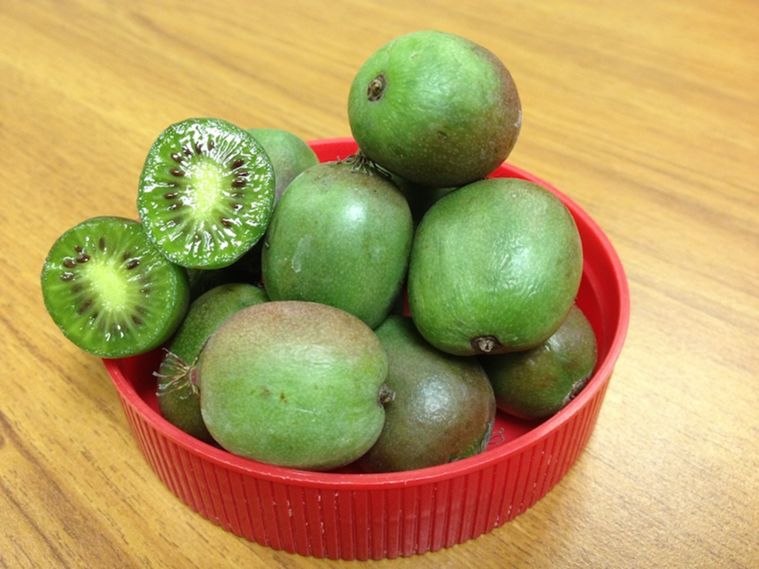
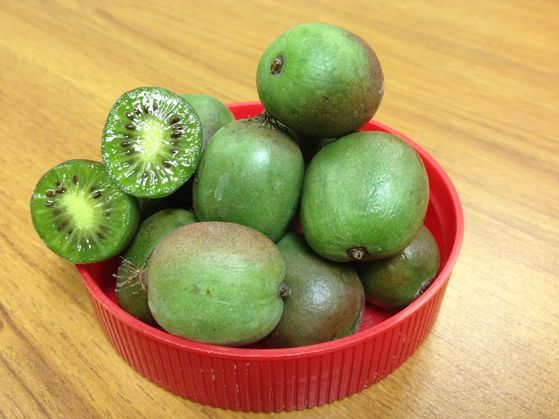
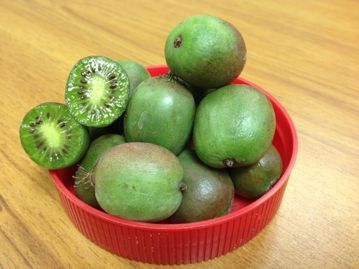
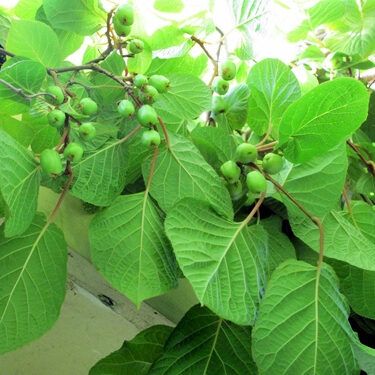
What is a Hardy Kiwi?
Compared to the larger supermarket kiwifruit, hardy kiwi (or kiwi berry) is a bite-sized, smooth-skinned fruit that you can eat whole—no peeling required. These vigorous vines feature deep green foliage and can become a stunning addition to an arbor, pergola, or trellis.
How long does it take for hardy kiwi to fruit?
- Depending on the variety and age of the vine, you can expect fruit within 2 to 5 years.
- The first-year yield is typically lower, but production will increase significantly over time.
- While most hardy kiwi varieties require both male and female plants for pollination, the 'Issai' Hardy Kiwi is self-pollinating and tends to bear fruit earlier than other varieties.
How to Grow Hardy Kiwi
1. Choose the Right Planting Location
- Hardy kiwi thrives in full sun, requiring at least six hours of direct sunlight per day.
- Well-drained soil is essential—avoid planting in wet or waterlogged areas.
- Consistent moisture is key for best fruit production and flavor.
- Drought in early spring can cause flowers to drop, while a prolonged dry spell in late summer may lead to fruit dropping before ripening.
- Mulching around the base helps retain soil moisture and suppress weeds.
2. Provide a Strong Trellis or Support System
Like grapevines, hardy kiwi needs support to grow successfully. Consider using:
- Arbors or pergolas for an ornamental and functional structure.
- A "T" trellis system, which makes pruning and harvesting easier.
- Vertical stakes in the first season to guide initial growth.
For easier harvesting, train the kiwi vines to grow 6 feet or higher, then allow lateral branches to spread horizontally at the top.
When and How to Harvest Hardy Kiwi
- Kiwi berries reach full size by mid-season but do not fully ripen until late in the growing season.
- Harvest just before they are fully ripe for longer storage.
- Refrigeration extends shelf life, allowing you to enjoy your fruit over a longer period.
How to Ripen Hardy Kiwi
Hardy kiwi will continue to ripen after being picked.
- Place them on a counter or windowsill at room temperature to soften naturally.
- To speed up ripening, store kiwis in a paper bag with a banana or apple—these fruits release ethylene gas, which accelerates ripening.
Storage and Nutrition: Do Kiwis Need to Be Refrigerated?
Should you refrigerate hardy kiwi?
- Yes, storing kiwi berries in the refrigerator helps preserve freshness and extends shelf life.
- If picked before fully ripe, refrigerate them for up to several weeks, then ripen at room temperature when ready to eat.
Kiwi Berries Nutritional Value
Hardy kiwi is packed with:
- Vitamin C and antioxidants, supporting immune health
- Fiber, aiding digestion and gut health
- Potassium, promoting heart health
- Low calories and carbs, making them a nutritious snack option
- On average, one serving (100g) of kiwi berries contains around 15g of carbohydrates, making them a great fruit choice for a balanced diet.
Why Grow Hardy Kiwi?
Hardy kiwi vines are more than just a fruit-bearing plant—they add beauty, functionality, and homegrown nutrition to your garden. Here’s why you should consider growing them:
- Delicious, bite-sized fruit with smooth skin—no peeling required!
- Cold-hardy and resilient, suitable for northern climates
- Long-lived perennial vine that can thrive for decades
- Nutrient-packed fruit with high vitamin C and fiber content
- Aesthetic appeal when trained over an arbor, fence, or trellis
With a little patience, your hardy kiwi vine will reward you with an abundance of fruit for years to come!
About the Author
Laura is a garden writer and photographer. She writes online content for gardening websites, writes for gardening publications and three gardening blogs. Her interests are local food, organic gardening, backyard homesteading and native plants. She assists gardening related clients with social media. And occasionally, she'll offer a solicited opinion as a garden coach.

